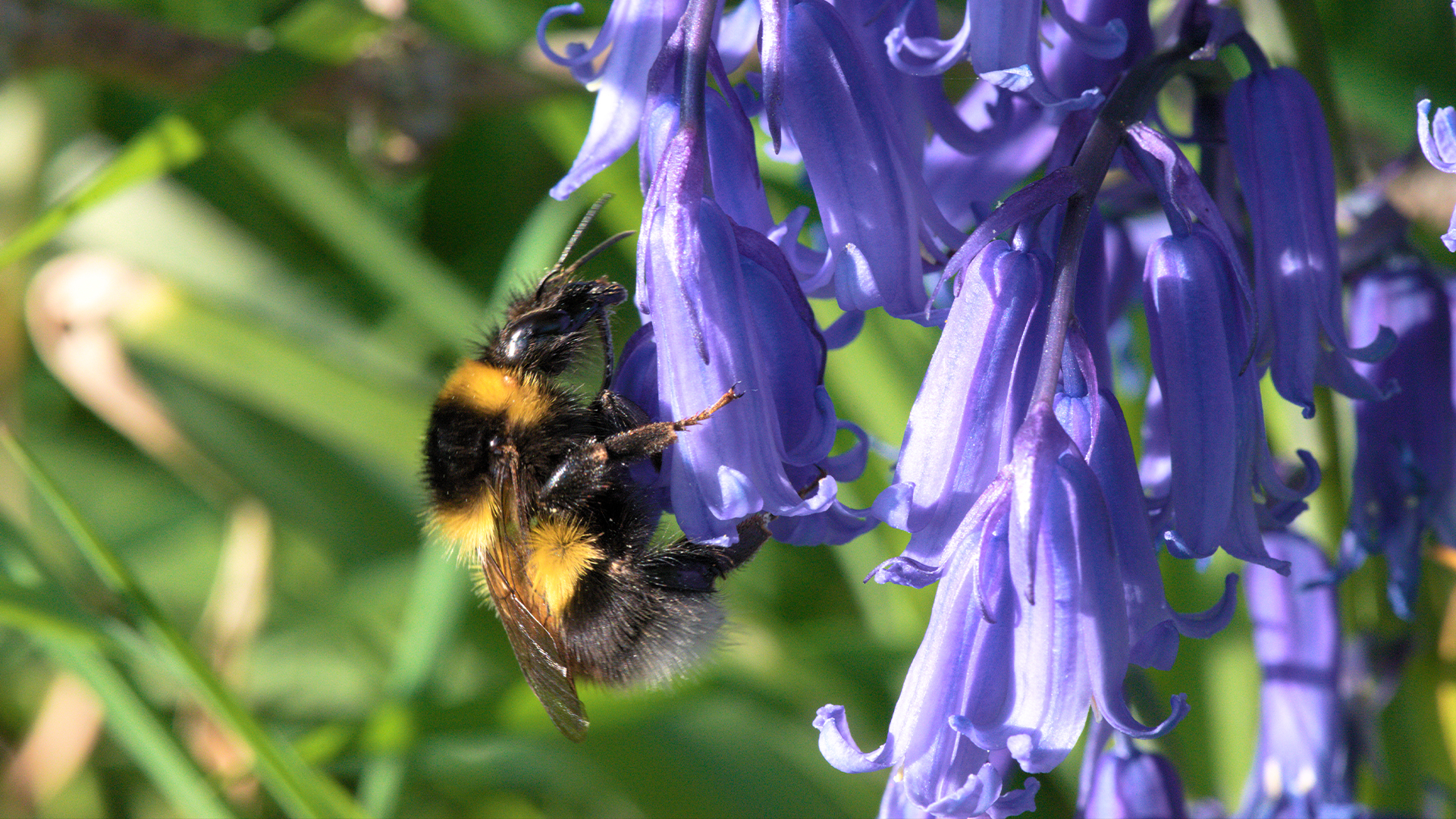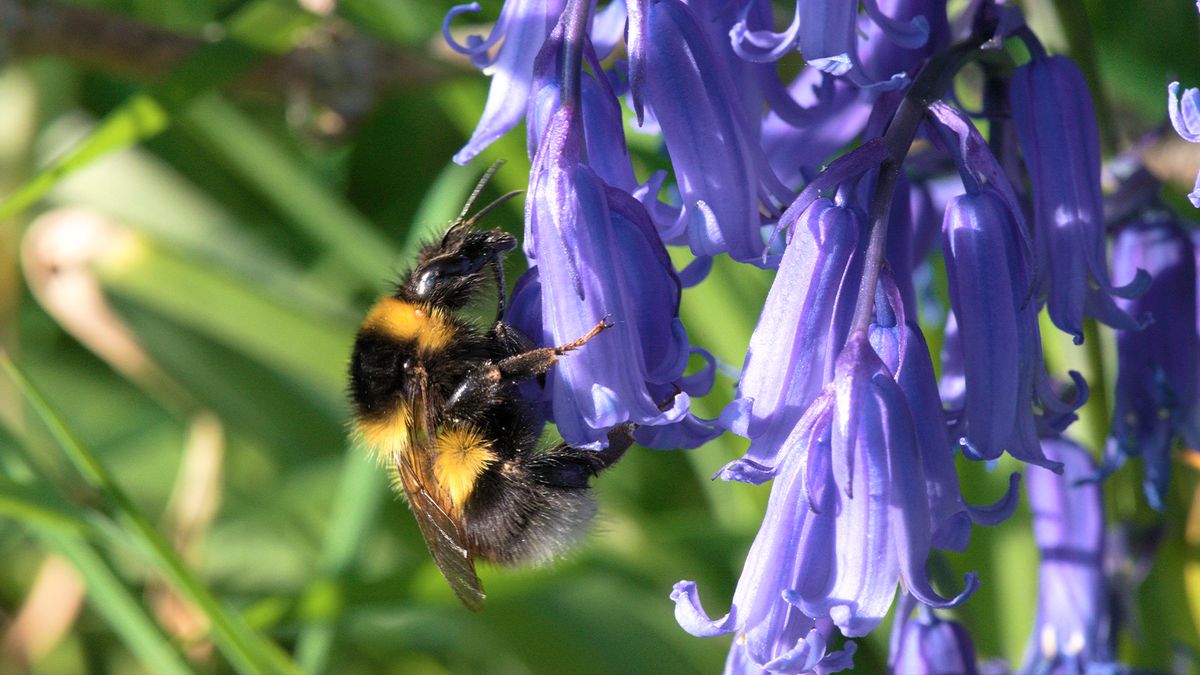
When pollinators land on a flower, they’re on a mission: They’re looking for sweet nectar to eat and specks of nutritious pollen to bring back to their young.
But how do insects know where to find pollen? In theory, the process is easy: A flower flaunts bits of tasty, aromatic dust in plain sight, letting pollinators know where to go right away. But the reality is quite different. “It’s not in the plant’s interest to emit an honest signal,” said Casper van der Kooi, a biologist who studies flower color evolution at the University of Groningen in the Netherlands.
For plants, pollen is about reproduction. The goal of creating this powder is to transfer a flower’s gametes, or reproductive cells, to another flower to create a seed. Plants often need pollinators for that job, but it takes a lot of energy and nutrients to make pollen. So, if insects end up eating the pollen, or if the wrong pollinators get to it first, the energy the plant has invested goes to waste, van der Kooi explained.
So, for most plants, pollen is hidden, making an insect’s mission harder to accomplish. But a plant can’t be too dishonest, van der Kooi said; otherwise, the insects will learn of this deception and stop visiting the plant. So, instead of communicating directly, plants often use subtle signals to convey information, said Natalie Hempel de Ibarra, a professor who researches the behavior, senses and cognition of social insects at the University of Exeter in the U.K. Insects then pick up on certain cues to decide which flowers to visit.
Visual cues are one of the main forms of plant-pollinator communication. Flowers are colorful, and insects have this innate affinity to colorful objects, Hempel de Ibarra said. Some flowers have so-called nectar guides, which are patterns, visible only in the ultraviolet spectrum, that illuminate a path to the nectar and/or pollen that an insect can follow. Various studies have documented that these nectar guides, as well as the hue of the flowers themselves, can change color as pollen and nectar supplies decrease. Lantana camara, a popular garden plant, is an example of this type of signaling, turning yellow to red.
Related: Do bees really die if they sting you?
Smell can also indicate the amount of pollen. Flowers release all sorts of chemical compounds into the air, and insects can pick up on these so-called olfactory cues. Some plants can adjust the amounts of compounds they release as an additional signal. For example, blueberry flowers have evolved to emit a lower amount of compounds after being pollinated, according to a 2011 study in the journal Annals of Botany.
Pollinating insects can also detect other subtle signals. One interesting example is the electric field. Flowers have a weak electric field, Hempel de Ibarra said, and this field is affected by the shape of the flower. It can also be disrupted after an insect visits it. Research has shown that bumblebees and some other insects can pick up this disruption using specialized hairs.
But ultimately, how insects make their pollen-finding decisions varies widely among species. Flowers can also evolve highly specialized relationships with specific pollinators, thus influencing how insects make their choices. Some flowers, like dandelions, have their pollen in plain sight, attracting a whole suite of pollinators, Hempel de Ibarra said. But tomato flowers, which rely specifically on bees to be buzz pollinated, hide their pollen in special structures to attract this specific insect.
In addition, different insects are attracted to specific colors, van der Kooi said. For example, flies tend to gravitate toward yellow, whereas bees prefer blue.
Decision-making can even vary among individuals. Hempel de Ibarra, who studies bees, said that individuals within a social colony can make different decisions in pollen gathering as they learn and experience the environment around them. “That makes it quite complicated for the bees to decide what kind of pollen it should be collecting,” she said. “It’s such an intricate relationship.”

